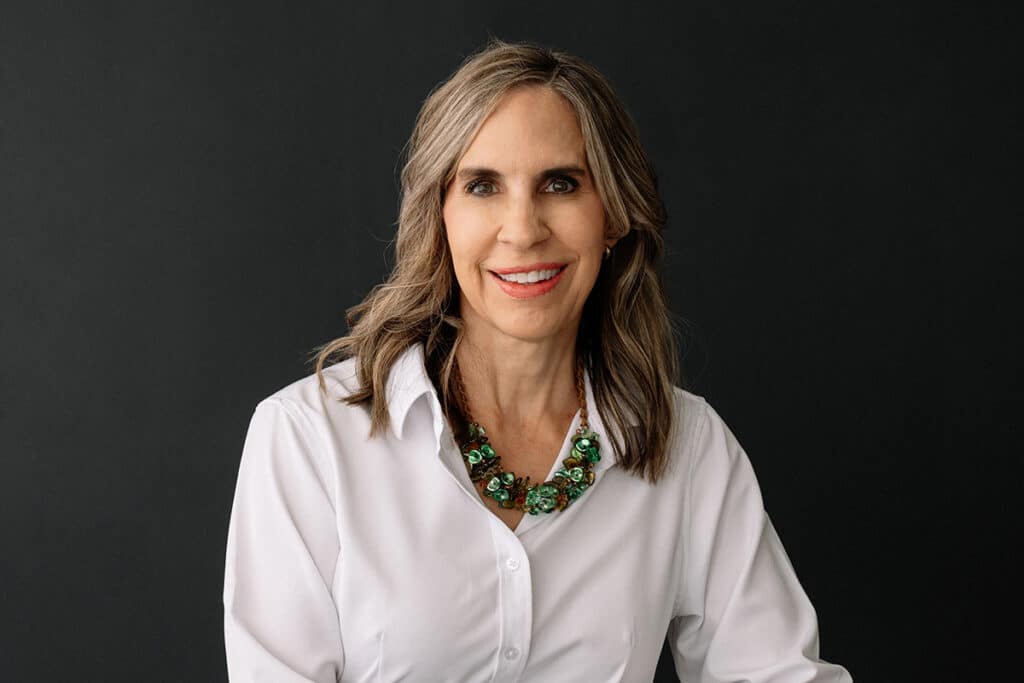
What is integrative medicine? It is caring for the whole human being, including the body, mind and spirit, not just bones and organs and skin. Appropriate
therapeutic approaches and disciplines are used by health care professionals for optimal health and healing. The ultimate goal is to combine state-of-the-art “conventional”
medical treatments with other carefully selected therapies proven to be effective and safe. Conventional medicine is based on treatment of disease or other physical problems diagnosed and treated by a medical doctor, using drugs or surgery, lab work and other medical tests or machinery. Basically, it’s the type of medicine
most of us know, practiced at a medical doctor’s office, clinic or hospital.
Integrative medicine is based on overall health and wellness. To treat the whole person, development of a good patient-practitioner relationship is critical in determining the nonphysical factors — psychosocial, spiritual — in tandem with the physical factors that affect our health and wellness, whether from diseases or other traumas to our bodies, minds, spirits and community.
INTEGRATIVE MEDICINE IS NOT “ALTERNATIVE” MEDICINE.
Dr. Andrew Weil, a leading proponent of integrative medicine worldwide, wants us all to understand the difference between integrative medicine and “alternative” medicine.
Alternative therapy is usually used as a replacement for conventional medicine. Treatments are usually closer to nature, cheaper and less invasive. The term covers a wide-range of therapies, some of which are scientifically validated — and a cautionary note — some are not. Alternative medicine practices used in conjunction with
conventional medical practices are known as “complementary” medicine. These two practices, used together, are sometimes referred to by the acronym CAM. Integrative medicine is defined by the National Center for Complementary and Alternative Medicine at the National Institutes of Health as “combining mainstream medical therapies and CAM therapies for which there is some high-quality scientific evidence of safety and effectiveness.” So integrative medicine incorporates the very best of the scientifically validated therapies from both the conventional and the CAM systems. Some examples include the use of acupuncture, yoga, meditation, nutritional science, massage therapy and so forth in conjunction with conventional treatment of heart disease stress, cancer and other serious illnesses when scientific evidence supports this type of treatment for health and healing. Coordination between the physician and the therapist is critical.
BAD NEWS. GOOD NEWS.
The bad news is that in a 1993 study, it was found that one in three Americans had used an alternative therapy, often without their doctor’s knowledge. Another study found that saw palmetto did NOT improve benign prostate hyperplasis, a noncancerous enlargement of the prostate gland. Yet more than 2 million men in the United States take saw palmetto as an alternative to drugs. This then was a bad news/good news situation — the supplement wasn’t successful in treating prostate enlargement,
but its use proved beyond doubt that the supplement wasn’t effective. The good news is the philosophy of integrative medicine is being supported by scientific studies, and this “sophisticated biology” is causing more and more physicians to understand and believe in the connection of mind-body-brain to the immune system. With the holistic approach of integrative medicine becoming more popular, many medical schools are incorporating treatment options in health centers. They’re being taught to think in an integrated way. Several schools have formed a Consortium of Academic Health Centers for Integrative Medicine, including Duke, Harvard, Columbia, Georgetown and the University of Pennsylvania.
Some medical schools have added courses on nontraditional therapies. At the University of California, San Francisco, medical students can augment their courses in infectious disease and immunology with electives like Herbs and Dietary Supplements or Massage and Meditation. They also have an option to study as exchange students at the American College of Traditional Chinese Medicine. Now you can easily find a Western-trained doctor who also has credentials in acupuncture or hypnosis or a registered nurse who is also a yoga teacher or massage therapist. Although not all doctors are participating, research is starting to find more and more empirical proof to help them get over the notion that integrative medicine does not just “blindly advocate for alternative approaches and reject conventional methods.” They’re adjusting to the fact that integrative medicine doesn’t make promises it can’t keep. One of their concerns is that patients may be taking herbs that may be harmful or will interfere with prescription drugs.
POPULARITY IS INCREASING. WHY?
In the past decade, integrative medical centers have opened up all over the United States. Our hospitals offering complementary therapies have more than doubled, and another 24 percent said they plan to add more of this type of service. People want to be considered as human beings. They are deeply dissatisfied with the present health care system — rushed, with overwhelmed doctors and the feeling that they’re nothing more than a disease or a broken something. Integrative medicine seems to offer more time, more attention and a broader, more global approach to healing and health. It is customized to fit your needs. Some like the idea of their medical treatment also reflecting their values, beliefs and philosophies about health and life in general. How do you get started in integrative medicine? Most of the time, you’ll be referred by a physician. Just ask him or her about this type of treatment. Kay Spears, of the Balanced Health Healing Center on Blanco Road, says
that word-of-mouth or a doctor’s referral is how most of their patients find them. She says upon arrival, patients are interviewed by a licensed therapist about their area of concern. If the therapist in that specialty, such as a psychotherapist, realizes the need for one of the other professionals, such as a trauma specialist or nutritionist or for a physician, they will not hesitate to tell the patient. Lab work will probably be done to further assess the situation. Some of the health problems they address
are post-traumatic stress disorder, diabetes, chronic fatigue, depression/anxiety, allergies, hormone restoration and autoimmune disorders.
For recommendations other than referrals from your doctor, ask friends, family members, coworkers and others you respect.There are practitioners in a whole array of
specialties. Ask about their training and experience. Look for someone who believes in integrative medicine’s mind-body-spirit-community philosophy and is willing to work with conventional medical physicians. Search “integrative medicine” online. Fees and other charges vary. Many are not covered by insurance, with the exception of
some lab or other tests. Ask your insurance company about coverage and your practitioner about payment plans. Some practitioners will file papers for you to recuperate your
expenses, even if they don’t take insurance for initial payment. You might call ahead and ask about acceptance of insurance, what’s covered by insurance and what’s not, and be sure to ask specifically about Medicare and Medicaid, if applicable.
Do be aware that there are dangerous therapies around. The true goal of those practicing integrative medicine is the best care for your mind, body, spirit and community. It might just be your key to improved health and longevity.




